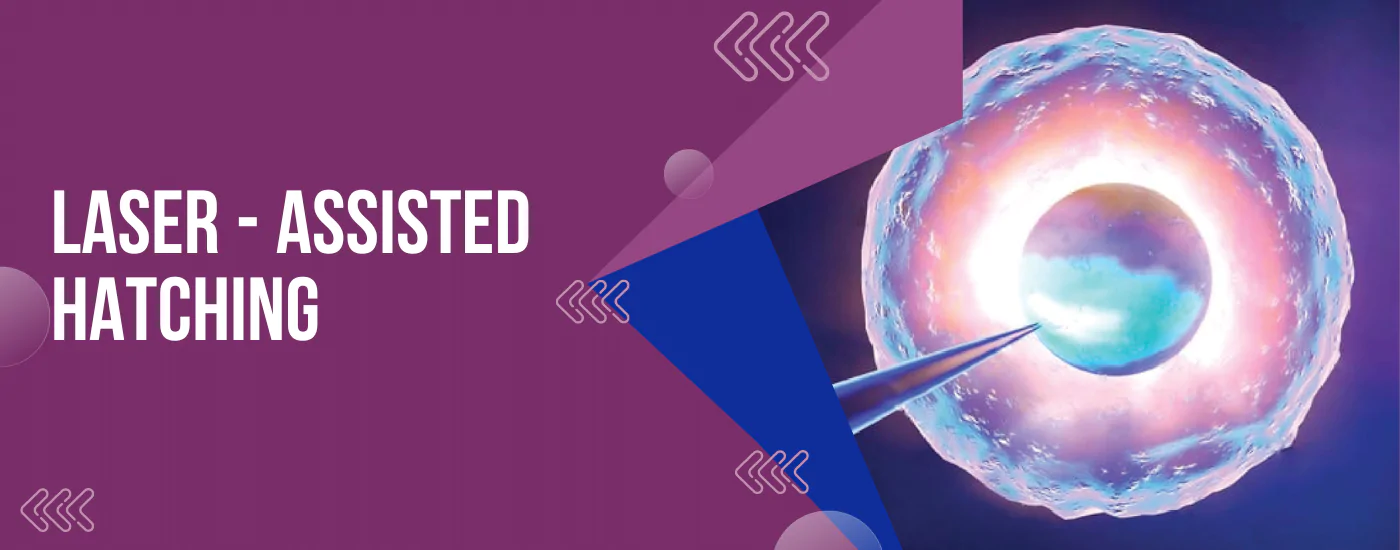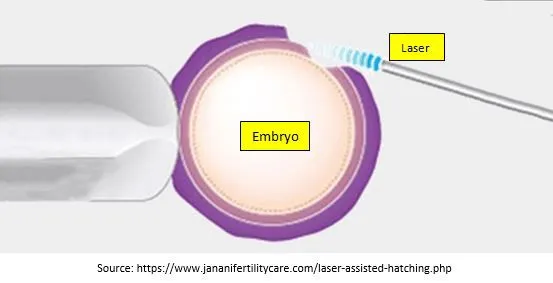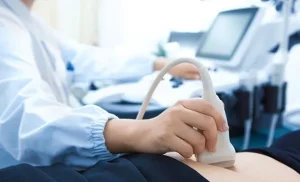
Laser Assisted Hatching in Mumbai
If you have had IVF in Mumbai, you are probably aware that a fertilized egg does not guarantee a pregnancy. The embryo must implant on the uterine wall after being transferred to a woman’s uterus to achieve a successful pregnancy. IVF failure occurs when an embryo fails to hatch and implant.
If you have failed more than one IVF cycle, your fertility doctor in Mumbai may suggest laser-assisted hatching. Laser-assisted hatching is a cutting-edge technology used in conjunction with IVF to increase the success rate of embryo implantation.
If your IVF treatment fails for unknown reasons or you have a poor prognosis, our experts at Babies & Us may recommend laser-assisted hatching in Mumbai. The goal of LAH is to overcome all obstacles to implantation or a successful pregnancy.
Babies & Us is one of the best IVF centers in Mumbai, providing effective infertility treatments using cutting-edge technology. We provide assisted reproductive technologies (ART), such as IVF, ICSI, and IMSI.
Furthermore, our IVF center in Mumbai has modern operating rooms, IVF stations, and specialized rooms. We make sure that our center adheres to the hygiene and sanitation standards expected of any healthcare facility.
Continue reading this informative article to know more about laser-assisted hatching in Mumbai.

Enhance your IVF success with laser-assisted hatching. Contact us to learn about this advanced technique and how it can optimize your embryo implantation.
Let’s begin by understanding,
What is Laser-Assisted Hatching (LAH)?
Fertilized eggs are kept in the lab for 2 to 5 days during the IVF procedure, allowing them to divide and develop into an embryo. A healthy embryo is implanted in a woman’s uterus to achieve pregnancy.
A protective shell envelops the embryo, referred to as the zona pellucida, during this stage of development. This protective shell naturally breaks down for implantation to take place. However, the embryo’s outer layer hardens in some cases, making hatching and implanting difficult.
During the LAH procedure, the technician creates a small crack on the embryo before inserting it into the uterus, hoping that this hatching will help the embryo implant. This procedure promotes successful implantation and pregnancy.
When is LAH used?
If you are undergoing IVF, your doctor will not always recommend LAH. Our experienced fertility specialists in Mumbai believe that LAH may result in a successful pregnancy in some couples. Our experts can determine if LAH can help you after reviewing your medical records and infertility history.
In general, assisted hatching may increase the likelihood of pregnancy in the following circumstances.
- If you have had two or more failed IVF cycles.
- If you have a high FSH level.
- Your embryo is of poor quality.
- If you are 35 or older.
- Unexplained infertility.
Older women tend to develop eggs with thick zona pellucida or outer shells. Women with high follicle-stimulating hormone (FSH) levels experience the same issue. The egg does not hatch and attach to the womb in these cases. All of these infertility issues may benefit from assisted hatching.
Furthermore, research shows that cryopreserved or thawed embryos may have a hard zona pellucida, challenging hatching and implanting. Laser-assisted hatching will help create a gap in the outer shell, making it easier for the embryo to implant.
Now, let’s look at the,
Procedure of Laser-Assisted Hatching

To perform this advanced technology, the embryology lab requires specialized instruments. The entire process is quick and only takes a few seconds. In this procedure, the technician uses laser shots to soften the zona pellucida, which aids in creating an opening. The laser does not contact the embryo directly and is used with extreme care and precision. This procedure ensures the embryo’s safety.
Maximize your chances of pregnancy with laser-assisted hatching. Connect with us to discuss how this precision technique can benefit your fertility journey.
Benefits of Laser-Assisted Hatching
- When compared to other assisted hatching procedures, laser-assisted hatching is more accurate and effective.
- Because the LAH procedure does not involve manual embryo handling, there is less risk of damage.
- The program predetermines the laser’s precision, guaranteeing the embryo’s safety.
- It helps improve the chances of a successful pregnancy.
Risks Associated with Laser-Assisted Hatching
- The risk is comparable to that of other IVF or ICSI procedures. Laser-assisted hatching interrupts the embryo’s natural hatching process, which imposes a few risks.
- One of the possible but rare risks is that the embryo may get injured. This might occur before and after the embryo transfer. In any case, pregnancy will not happen.
- Another risk is that the embryo may not hatch completely even after LAH.
- LAH can also cause multiple pregnancies. Multiple births are common with IVF, and the LAH procedure raises this risk.
- This is not true if you are concerned that LAH may cause congenital disabilities in babies. Many studies have revealed that the LAH procedure does not result in any congenital disability.
Does LAH improve the success rate of IVF?
The use of laser-assisted hatching increases the likelihood of successful implantation and pregnancy. There is still hope for success with assisted hatching if you face IVF failure. To make the best decision, consult with your fertility doctor. As previously stated, hatching is a necessary process for pregnancy.
However, LAH becomes the treatment of choice if the embryo fails to hatch and implant naturally. The LAH procedure offers a chance for a positive pregnancy in couples with IVF cycle failure.
Visit Babies & Us IVF center in Mumbai to seek the best possible fertility treatment to achieve your dream of becoming a parent.
Experience the precision of laser-assisted hatching in your fertility treatment. Schedule a consultation to explore how this technique can improve your IVF outcomes.
Frequently Asked Questions
Assisted hatching is a technique in assisted reproduction used in vitro fertilization (IVF) and intracytoplasmic sperm injection (ICSI). It entails either thinning or piercing the coat covering the fertilized egg.
In rare cases, assisted hatching can harm the embryo, making it unusable.
Assisted hatching may slightly increase the risk of having identical twins. Identical twin pregnancies have a little more medical complications than singleton pregnancies.
Human blastocysts should hatch and start implanting one to two days after IVF blastocyst transfer. The blastocyst should hatch and implant six to ten days after ovulation in a natural process.
In women who have had at least two failed IVF cycles, laser-assisted hatching can help increase implantation success. The procedure allows for easier hatching and implantation.
